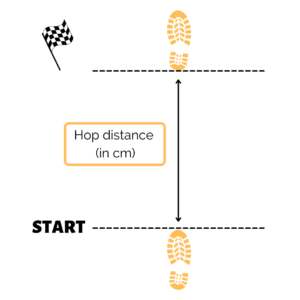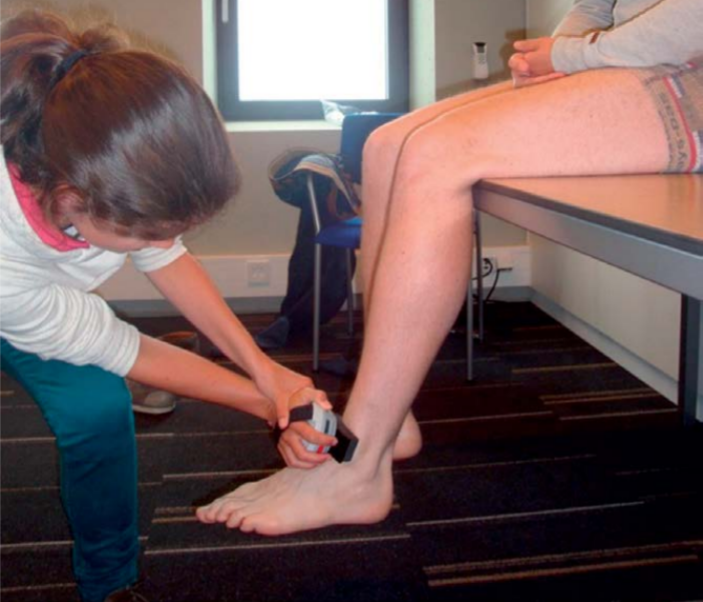The most frequent impairments found in people with patellofemoral pain are decreased strength and poor physical function. Therefore, these are key elements in the assessment of patients with patellofemoral pain. In this section, you will find some alternatives to assess the function and strength of a patient with patellofemoral pain in the clinical setting.
Function
Patellofemoral pain is characterized by the presence of pain around or behind the patella, especially when performing functional activities. Therefore, patients often have, at some level, functional impairments, and often avoid or stop performing activities that exacerbate pain.1
Some functional tests can be used in the clinical setting to assess the general functional capacity of patients with patellofemoral pain, as well as their evolution during treatment, as these tests can be important indicators of muscle function itself. Some examples of tests commonly performed on people with patellofemoral pain include single-leg jump test, step descent repeat test, and plank test.2,3,4 Let’s find out more about them?
 In this test, patients should be instructed to keep their hands crossed behind their back throughout the test.
In this test, patients should be instructed to keep their hands crossed behind their back throughout the test.
Initially, patients should be positioned in a single-legged stance on the assessed lower limb. Then, they should hop forward as far as possible landing on the same limb without extra hops or losing balance upon landing. It is recommended that three valid attempts are collected and the average recorded.
In a recent study, the mean distance of the single-leg hop test in young adults with patellofemoral pain was 90 cm compared to 113 cm in the group of asymptomatic people.2
Strenght
Reduced hip and knee extensor strength are impairments often found in people with patellofemoral pain.1 Therefore, measuring the strength of these muscle groups is essential during clinical assessment. It is important to emphasize that proper test method are key to reliable and accurate measurement. To date, isometric muscle testing with a handheld dynamometer has been the most widely used assessment tool.1
This test was designed to measure the strength of the entire posterolateral hip musculature. The HipSIT has demonstrated excellent intratester and intertester reliability (ICC = 0.98-0.99).5
See the figure below (Source: Almeida et al. 2017) demonstrating how to perform the test with a handheld dynamometer:
Handheld dynamometry is also a reliable method to assess knee extensor strength in people with patellofemoral pain.6
See the figure below (Source: van der Heijden et al. 2015) demonstrating how to perform the test with a handheld dynamometer:
References
- Willy et al. 2019. Patellofemoral Pain Clinical Practice Guidelines Linked to the International Classification of Functioning, Disability and Health From the Academy of Orthopaedic Physical Therapy of the American Physical Therapy Association.
- Nunes et al. 2019. People with patellofemoral pain have impaired functional performance, that is correlated to hip muscle capacity.
- Loudon et al. 2002. Intrarater Reliability of Functional Performance Tests for Subjects With Patellofemoral Pain Syndrome
- Ferreira et al. 2020. Overweight and obesity in young adults with patellofemoral pain: Impact on functional capacity and strength
- Almeida et al. 2017. Reliability and Validity of the Hip Stability Isometric Test (HipSIT): A New Method to Assess Hip Posterolateral Muscle Strength
- van der Heijden et al. 2015. Strength and Pain Threshold Handheld Dynamometry Test Reliability in Patellofemoral Pain.




